A major change in China’s tax policy for new energy vehicles (NEVs) is fueling a year-end shopping frenzy. According to Sina Finance, the full tax exemption for car purchases is scheduled to end on December 31, 2025. From January 1, 2026, the incentive will be reduced to 50%, prompting dealers across China to see a surge in orders ahead of the new policy taking effect.
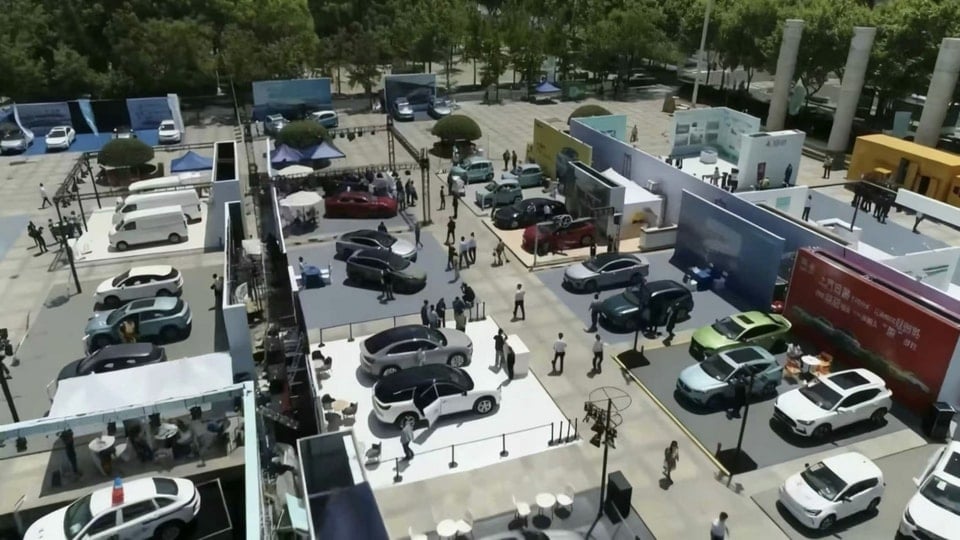
New tax policy: incentives and duration
According to China Central Television, starting January 1, 2026, NEVs will switch from being completely exempt from purchase tax to being 50% exempt. Currently, passenger NEVs are eligible for a maximum tax exemption of 30,000 yuan ($4,200). Under the new rules, which will be effective until 2027, the exemption ceiling will be reduced to 15,000 yuan ($2,100).
Purchasing power increases sharply before December 31, 2025
The timing of the promotion adjustment coincides with the traditional year-end sales season, creating a wave of early bookings. Some dealers said orders were up nearly 60% compared to the monthly average, reflecting a desire to take full advantage of the promotion before the discount is cut in half.
Policy signals: from price competition to value competition
Executives at the China Automobile Dealers Association said the move was not just a financial change but also a message for the industry. Beijing wants to move the NEV market away from the price-cutting race and focus on product quality and value.
Tightening technical standards: new thresholds for PHEVs and EREVs
In October 2025, the Ministry of Industry and Information Technology, the Ministry of Finance , and the State Administration of Taxation jointly raised the vehicle tax reduction eligibility standards, requiring plug-in hybrid vehicles (PHEVs) and extended-range passenger cars to have a minimum electric range of 100 km, eliminating low-spec models.
Manufacturer response and 2026 market scenario
To support customers during the transition period, many car companies have launched a "tax difference guarantee" program for those who finalize their purchase before the end of November 2025 but receive the car in 2026, making up for the missing incentives due to the new policy.
Analysts predict two distinct effects: a short-term spike in sales as buyers rush to close before December 31, 2025, followed by a possible slowdown in early 2026 when the exemption drops to 50%. With EV penetration already exceeding 45% of new car sales, the coming growth is likely to be driven more by technology and product innovation than tax incentives.
Policy and Standards Milestone Summary Table
| Timeline | Preferential level | Exemption/Deduction | Note |
|---|---|---|---|
| By December 31, 2025 | 100% Free | 30,000 yuan (4,200 USD) | Applies to eligible passenger NEVs |
| From January 1, 2026 to 2027 | 50% off | 15,000 yuan (2,100 USD) | Tighten standards; PHEV/EREV must reach 100 km of pure electric range |
Prospects
Since 2014, a blanket exemption on vehicle purchase taxes has fueled the rapid adoption of NEVs in China. The reduction of incentives to 50% from 2026 marks a shift to a focus on sustainability, quality and less dependence on subsidies in the world’s largest electric vehicle market.
Source: https://baonghean.vn/trung-quoc-giam-50-uu-dai-thue-xe-nang-luong-moi-2026-10310966.html


























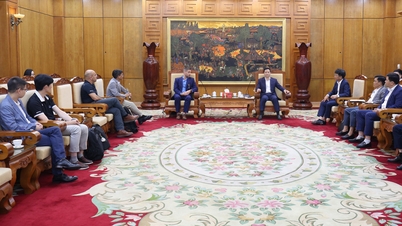










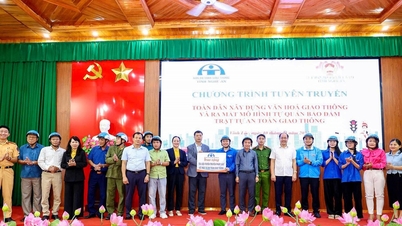








































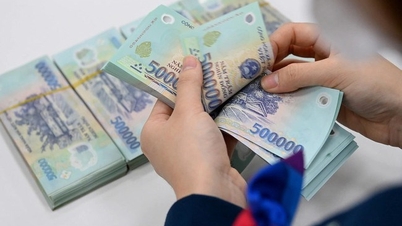


















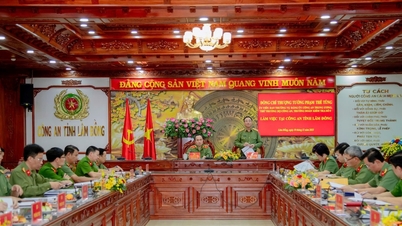



![Dong Nai OCOP transition: [Article 3] Linking tourism with OCOP product consumption](https://vphoto.vietnam.vn/thumb/402x226/vietnam/resource/IMAGE/2025/11/10/1762739199309_1324-2740-7_n-162543_981.jpeg)











Comment (0)